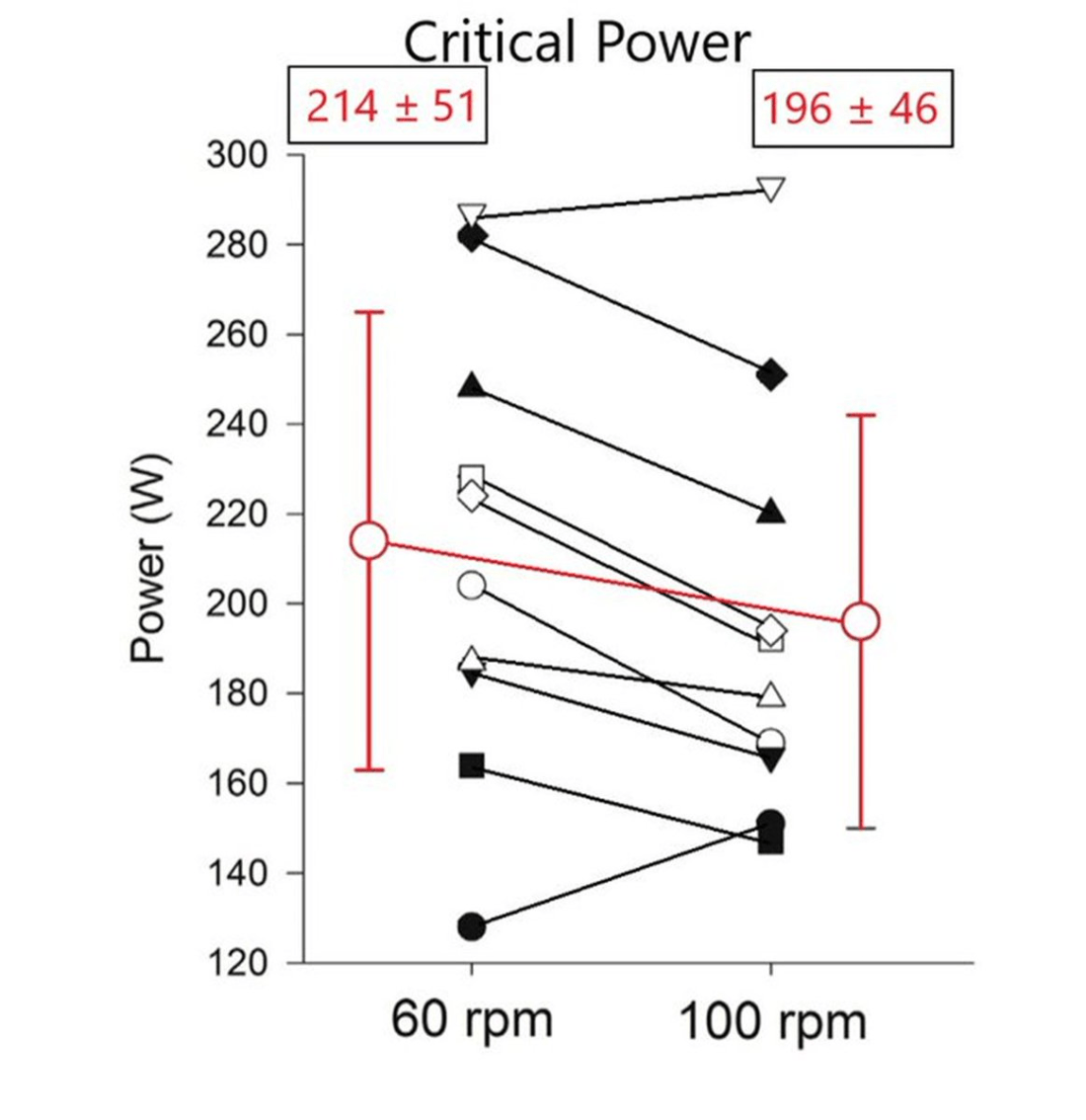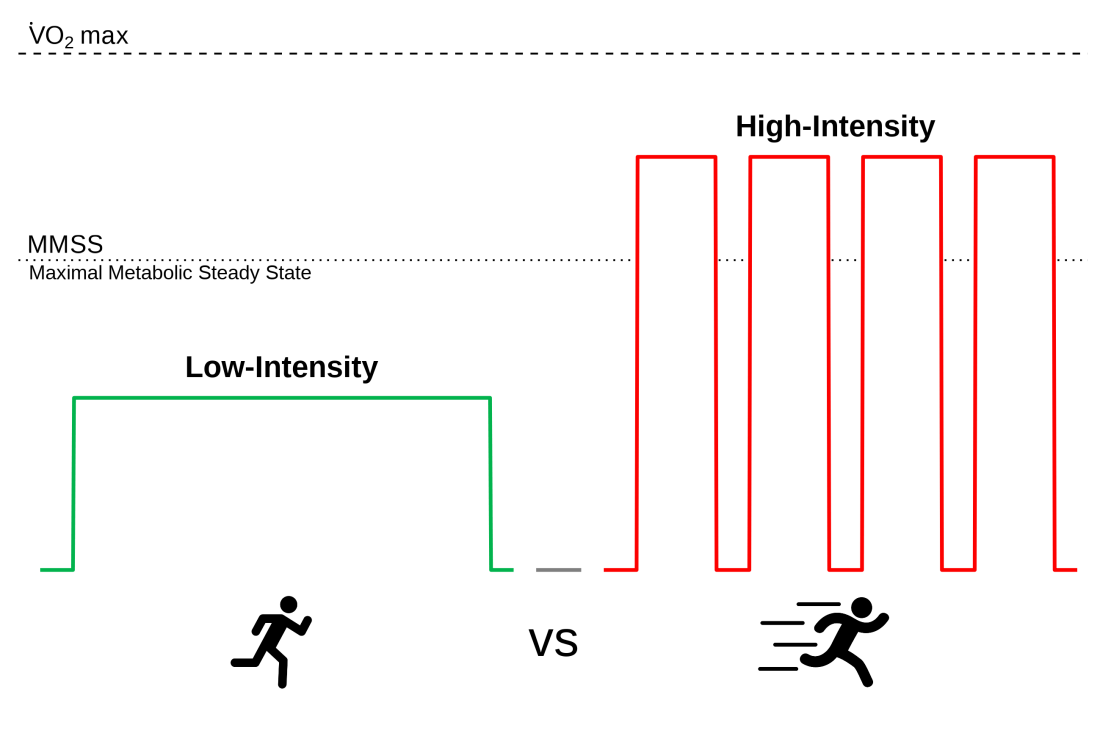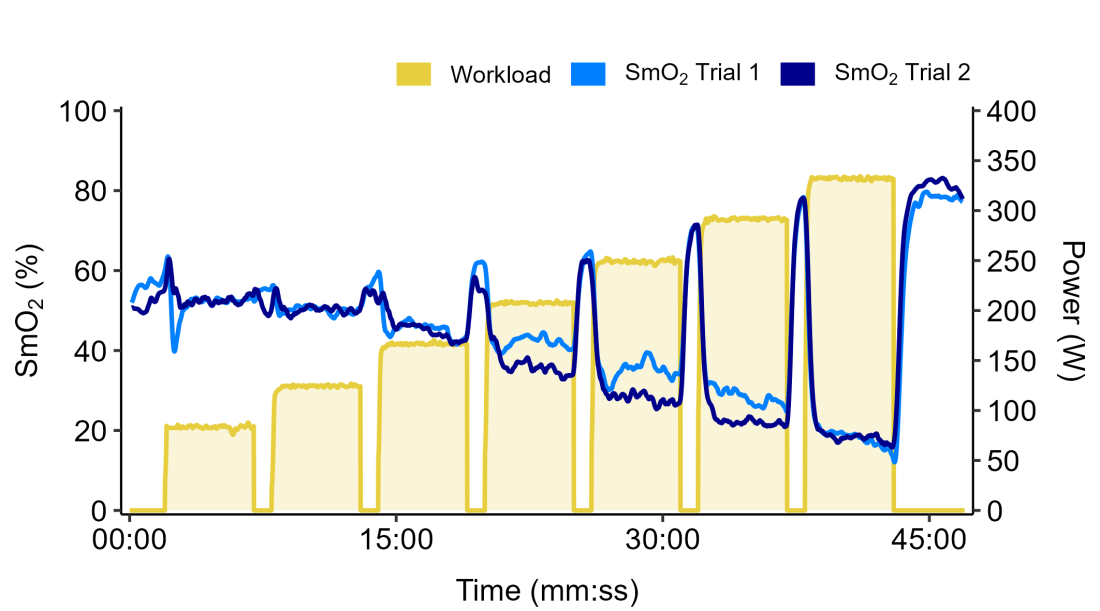After doomscrolling through an /r/velo thread over the weekend and discussing the extent of confusion and conflicting information, I ended up trying to offer my own interpretation of, first, why is there so much confusion around the definition of Functional Threshold Power (FTP)? And how do I interpret the hinge term in that definition: "quasi-steady state".
Cadence Affects Everything, and it Doesn’t Really Matter
This is a quick transfer of a massive twitter thread I posted in June, 2023. Since Txitter is more difficult to read these days without an account, and even less worth it than ever to create an account.. I will try to transfer some threads back to here. This is basically just an archive of … Continue reading Cadence Affects Everything, and it Doesn’t Really Matter
Does High Intensity Training Improve Performance or only VO2max?
A meta-analysis on endurance athletes' training found that while high-intensity interval training (HIIT) above the maximal metabolic steady state (MMSS) significantly improved oxygen uptake (V̇O2peak), there was no detectable difference in time-trial (TT) performance. This suggests that although increased V̇O2peak is achievable through HIIT, translating it into enhanced TT performance may require a different approach or potentially longer timeframes. The findings may inform athletes on balancing low/intermediate intensity and HIIT sessions.
Interpreting Group-Level Data for Individual-Level Application
How accurate is your gadget of choice at predicting your individual response to exercise? How close is that V̇O₂max estimate from your sport watch? How close was the predicted race time to your real results? How far apart are your FTP/threshold estimates between a ramp test, a 20 minute test, and a 60 minute time-trial? … Continue reading Interpreting Group-Level Data for Individual-Level Application
Study Summary – Reliability of Common Cycling Performance Markers
Here is a brief summary of our recent paper from the University of British Columbia Environmental Physiology Laboratory authored by my colleague Dr. Assaf Yogev and our colleagues. We think this is a paper that athletes & coaches can use to help understand uncertainty in performance data collection. The results here can be used as … Continue reading Study Summary – Reliability of Common Cycling Performance Markers




